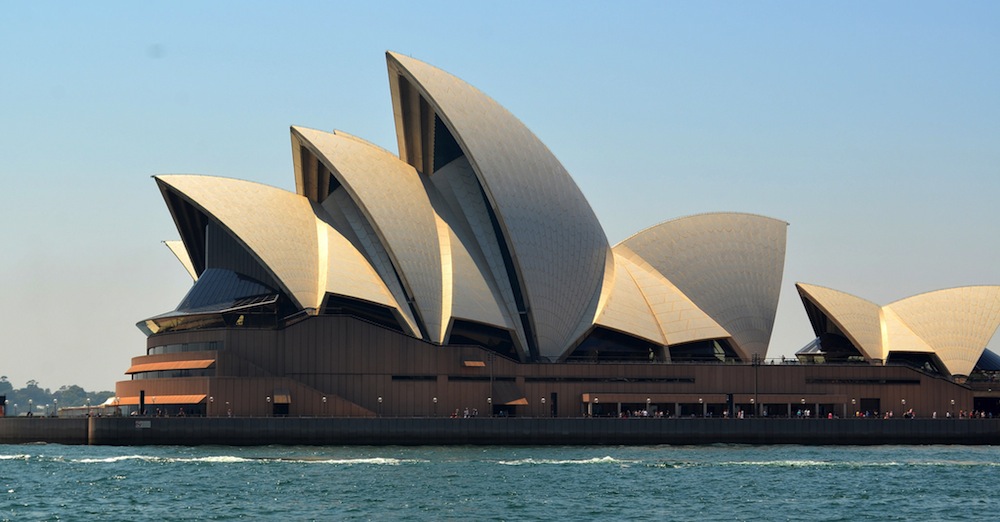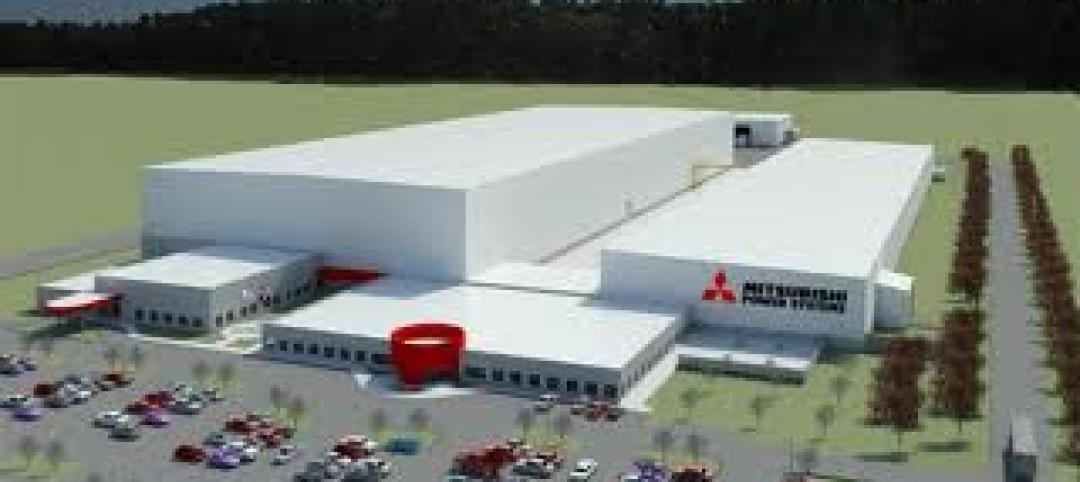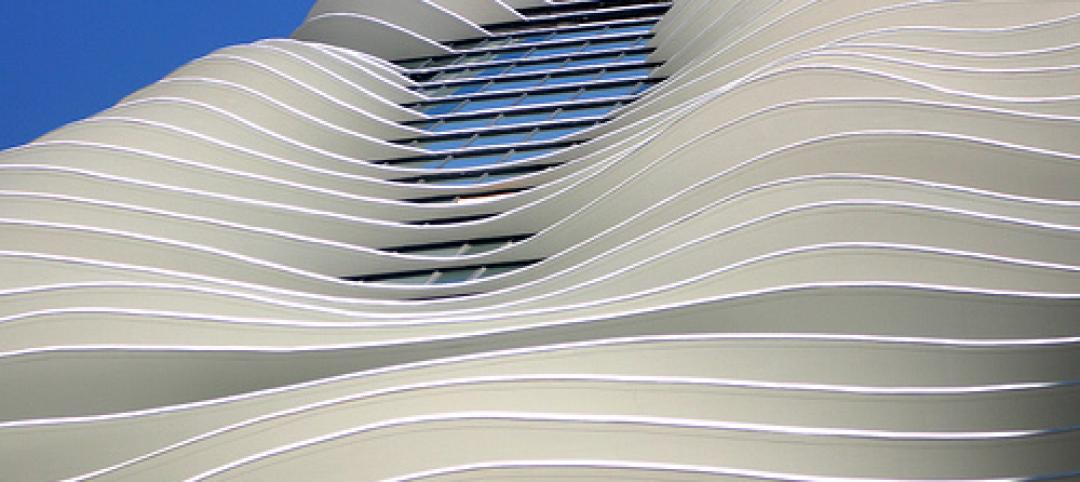Fallingwater is Frank Lloyd Wright’s signature creation. The Pennsylvania house, which hangs over a river due to its cantilever design, is a national landmark and an excellent example of modern architecture.
Australia’s Sydney Opera House is comprised of shell-shaped curved roofs, consisting of more than a million V-shaped tiles. Designed by Jørn Utzon, the venue has won numerous awards and has even been named a UNESCO World Heritage Site.
Chicago’s unique corncob-shaped towers are official known as Marina City, a residential building with many on-site recreation facilities, an open-air roof deck, and several stories worth of parking. Architect Bertrand Goldberg designed it to have almost no right angles.
These buildings are different, but they have a common thread: All are made of concrete.
The Guardian has two lists of the ten best concrete buildings, with one list selected by architecture critic Rowan Moore, and the other by readers.
Among Moore’s picks were the Bank of London and South America in Buenos Aires; St John’s Abbey Church in Collegeville, Minn.; and the nearly 1,900-year old Pantheon in Rome. Readers suggested the three buildings listed above, along with other choices like the National Theatre in London and The Lotus Temple in Delhi.
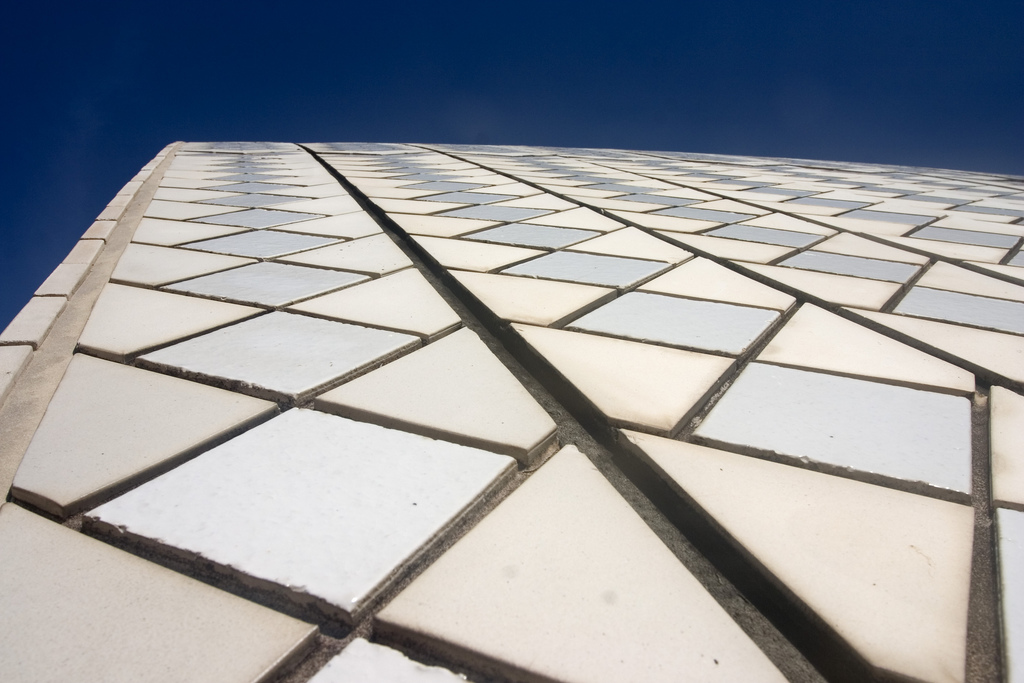 Tiles on the Sydney Opera House. Photo: Jimmy Harris/Creative Commons.
Tiles on the Sydney Opera House. Photo: Jimmy Harris/Creative Commons.
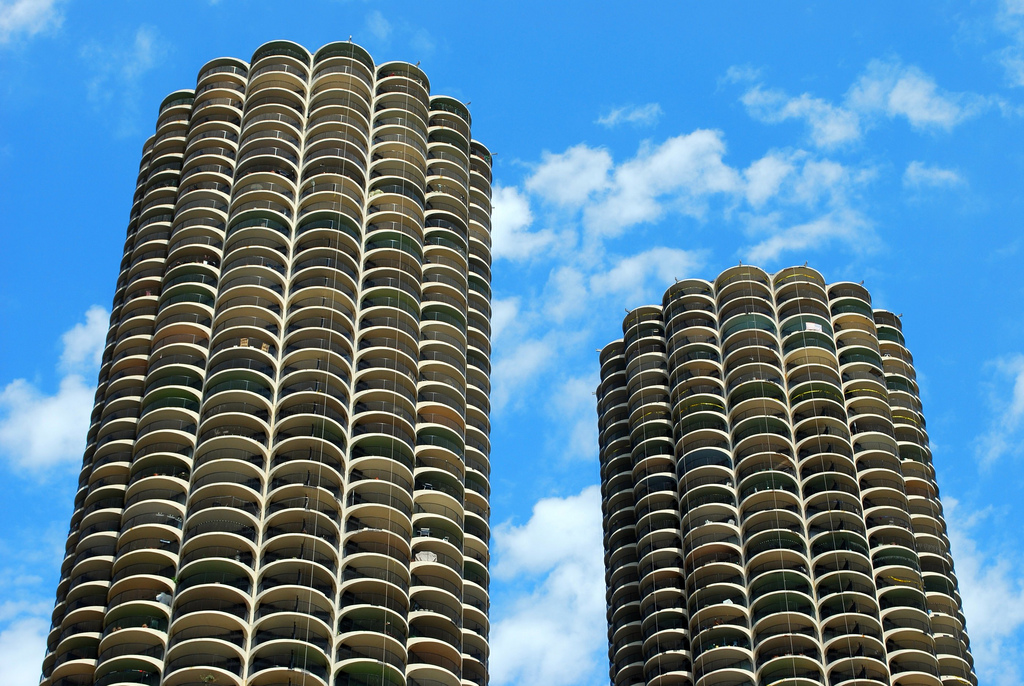 Marina City in Chicago. Photo: clarkmaxwell/Creative Commons.
Marina City in Chicago. Photo: clarkmaxwell/Creative Commons.
 Fallingwater. Photo: Timothy Neesam/Creative Commons.
Fallingwater. Photo: Timothy Neesam/Creative Commons.
Related Stories
| Oct 4, 2011
GREENBUILD 2011: Methods, impacts, and opportunities in the concrete building life cycle
Researchers at the Massachusetts Institute of Technology’s (MIT) Concrete Sustainability Hub conducted a life-cycle assessment (LCA) study to evaluate and improve the environmental impact and study how the “dual use” aspect of concrete.
| Oct 3, 2011
Balance bunker and Phase III projects breaks ground at Mitsubishi Plant in Georgia
The facility, a modification of similar facilities used by Mitsubishi Heavy Industries, Inc. (MHI) in Japan, was designed by a joint design team of engineers and architects from The Austin Company of Cleveland, Ohio, MPSA and MHI.
| Sep 20, 2011
Jeanne Gang wins MacArthur Fellowship
Jeanne Gang, a 2011 MacArthur Fellowship winner described by the foundation as "an architect challenging the aesthetic and technical possibilities of the art form in a wide range of structures."
| Jan 19, 2011
Large-Scale Concrete Reconstruction Solid Thinking
Driven by both current economic conditions and sustainable building trends, Building Teams are looking more and more to retrofits and reconstruction as the most viable alternative to new construction. In that context, large-scale concrete restoration projects are playing an important role within this growing specialty.
| Nov 5, 2010
New Millennium’s Gary Heasley on BIM, LEED, and the nonresidential market
Gary Heasley, president of New Millennium Building Systems, Fort Wayne, Ind., and EVP of its parent company, Steel Dynamics, Inc., tells BD+C’s Robert Cassidy about the Steel Joist Manufacturer’s westward expansion, its push to create BIM tools for its products, LEED, and the outlook for the nonresidential construction market.
| Nov 2, 2010
A Look Back at the Navy’s First LEED Gold
Building Design+Construction takes a retrospective tour of a pace-setting LEED project.
| Oct 21, 2010
GSA confirms new LEED Gold requirement
The General Services Administration has increased its sustainability requirements and now mandates LEED Gold for its projects.
| Oct 13, 2010
Tower commemorates Lewis & Clark’s historic expedition
The $4.8 million Lewis and Clark Confluence Tower in Hartford, Ill., commemorates explorers Meriwether Lewis and William Clark at the point where their trek to the Pacific Ocean began—the confluence of the Mississippi and Missouri Rivers.
| Oct 12, 2010
Cell and Genome Sciences Building, Farmington, Conn.
27th Annual Reconstruction Awards—Silver Award. Administrators at the University of Connecticut Health Center in Farmington didn’t think much of the 1970s building they planned to turn into the school’s Cell and Genome Sciences Building. It’s not that the former toxicology research facility was in such terrible shape, but the 117,800-sf structure had almost no windows and its interior was dark and chopped up.


